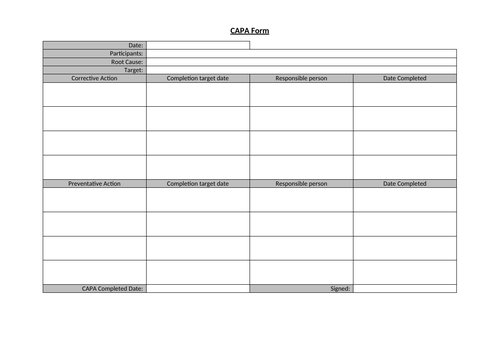





In every area of working life today we are all looking for continuous improvements to reduce waste, increase efficiency and still deliver a quality product.
We are going to look at how the tools for continuous improvement can be used in the education sector to help you as leaders make improvements. The keys for continuous improvement are
Have the majority on-board with the changes you want to implement (there will always be some against any form of change).
Do not make changes for the sake of changes – changes should have value and be for the benefit of all, not a vanity project for one (even if the one is in charge).
Changes should be incremental, whole sale changes cause confusion and can lead to animosity.
The process should be fluid where all stake holders feel they have a voice in the process.
Using GEMBA, 5 WHYS, CAPA and MUDA-MURA-MURI you will have tools (and forms) to help you look for waste and develop a culture of continuous improvement.
Something went wrong, please try again later.
This resource hasn't been reviewed yet
To ensure quality for our reviews, only customers who have downloaded this resource can review it
Report this resourceto let us know if it violates our terms and conditions.
Our customer service team will review your report and will be in touch.
